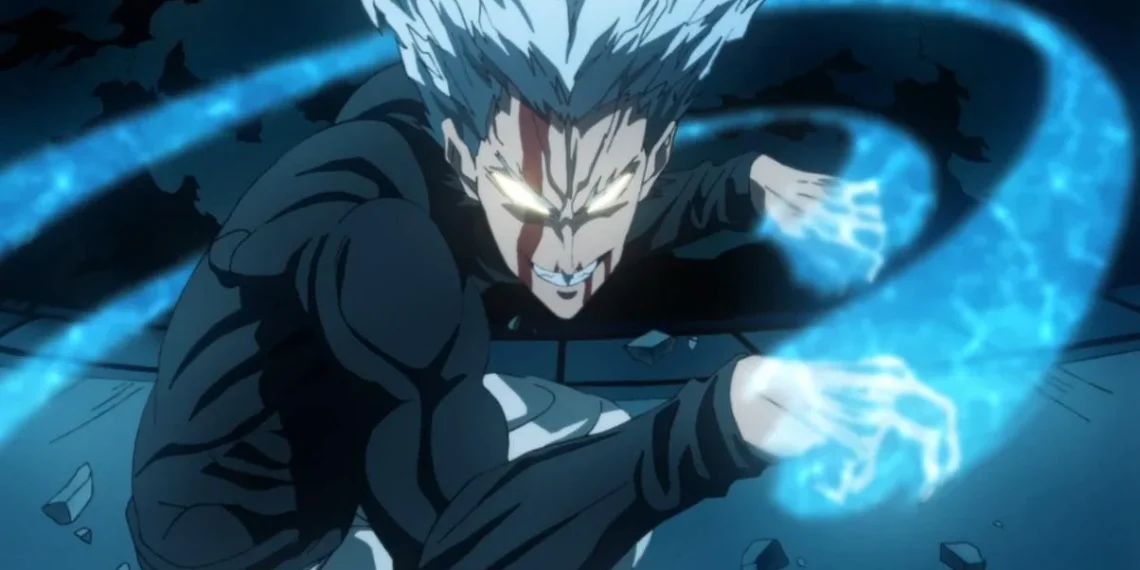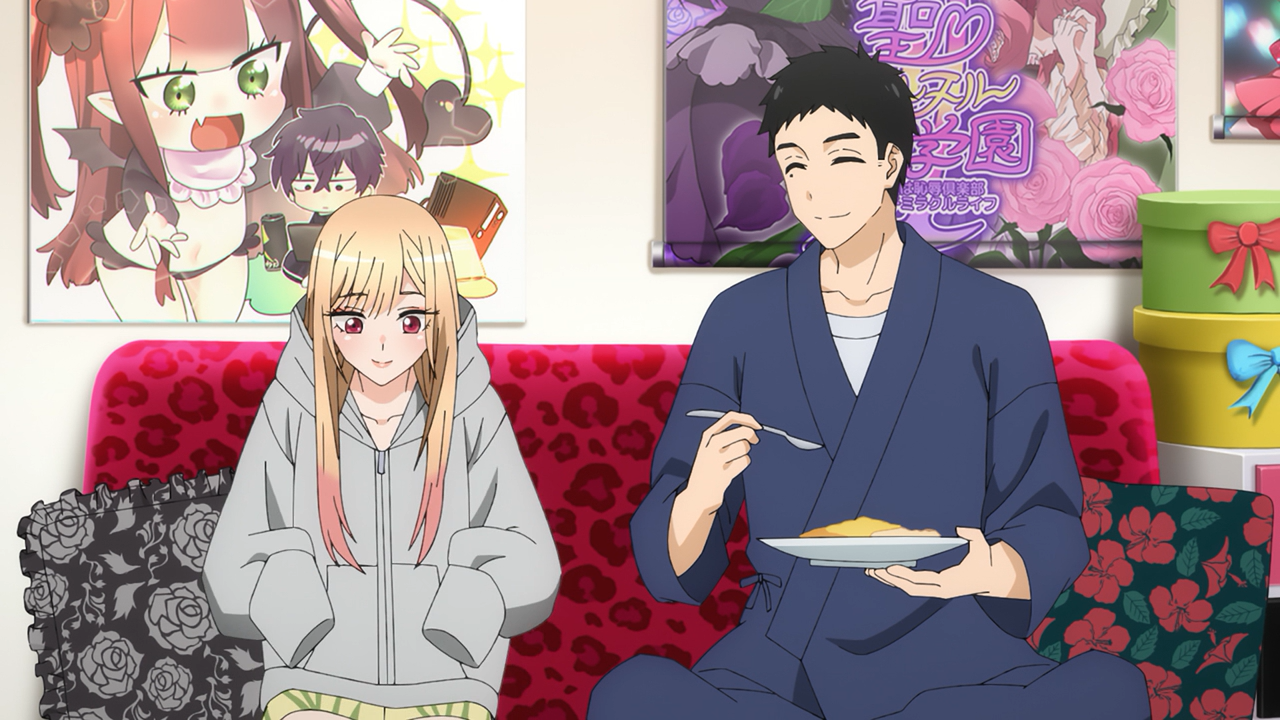One Punch Man fans experienced a seismic shift between the first and second seasons, primarily due to the change in animation studios.
Season one, crafted by the esteemed Studio Madhouse, received adulation from fans for its faithful portrayal of ONE and Yusuke Murata’s manga. However, the transition to Studio JC Staff for season two left many disappointed.
JC Staff’s rendition fell short of expectations, leaving a bitter taste for aficionados of the action-comedy manga. While the animation quality wasn’t the primary issue, JC Staff stumbled in crucial areas, notably in framing scenes to create tension and engagement.

The lack of adept frame perception resulted in pivotal moments losing their impact, undermining the narrative flow.
One glaring misstep was the failure to highlight key elements within scenes, leading to a lack of dynamism, particularly in high-stakes action sequences. As the series gears up to tackle the exhilarating Monster Association arc, JC Staff faces the daunting task of regaining fan trust.
To redeem themselves, JC Staff must refine their animation sequencing, ensuring that each frame contributes meaningfully to the scene’s tension and progression. Crucial confrontations, like the impending clash between Royal Ripper and Garou, demand meticulous attention to detail to capture the essence of the manga faithfully.

Moreover, the studio must hone its comedic timing, a hallmark of the beloved series, to strike the delicate balance between humor and action. By addressing these fundamental issues, JC Staff can rekindle excitement among fans and restore One Punch Man to its former glory.




